Search results for “encephalocele”
108 results
Article
Encephalocele
Encephalocele, also known as meningoencephalocele, is a form of neural tube defect and a type of cephalocele where brain tissue and overlying meninges herniate out through a defect in the cranium.
Terminology
Although the terms encephalocele and meningoencephalocele are often used interchange...
Article
Sphenoidal encephalocele
Sphenoidal encephaloceles represent meningoencephaloceles which extend into or through the sphenoid bone.
Terminology
Sphenoidal meningoencephalocele can be divided in a number of ways:
content: meningoceles vs encephaloceles
location: medial vs lateral (see below)
extent: instrasphenoidal ...
Article
Temporal encephalocele
Temporal encephaloceles are usually small encephaloceles, often asymptomatic, but increasingly recognized as potential causes of refractory epilepsy and as a sequela of idiopathic intracranial hypertension.
Epidemiology
Temporal encephaloceles can be congenital or secondary to trauma, idiopath...
Article
Frontoethmoidal encephalocele
Frontoethmoidal encephaloceles are second only to occipital encephaloceles in terms of frequency, representing approximately 15% of all encephaloceles. They represent meninges or brain tissue herniating through a cranial defect in the anterior cranial fossa and typically result in facial deformi...
Article
Nasal encephalocele
Nasal encephaloceles are in most cases a form of neural tube defect particularly common in Southeast Asia. There is herniation of cranial content through a bony defect in the anterior skull base into the nasal area.
The term is variably used but generally encompasses both frontoethmoidal enceph...
Article
Sincipital encephalocele
Sincipital encephaloceles are congenital herniations of cerebral parenchyma through a cranial defect. There are three main types 1,2:
frontonasal encephalocele (~50%): more common in Asia and Latin America 4
nasoethmoidal encephalocele (30%): more common in North America 4
nasoorbital (nasola...
Article
Intradiploic encephalocele
Intradiploic encephaloceles are a very rare form of encephalocele where there is herniation of brain tissue into the diploic space but not beyond. They have usually been described post-trauma but have also rarely been described in non-traumatic situations 1.
Pathology
These result from brain p...
Case
Encephalocele
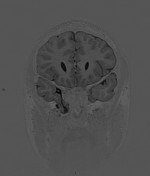
Published
26 Feb 2018
80% complete
Annotated image
MRI
Case
Frontal encephalocele

Published
25 Sep 2014
95% complete
MRI
Case
Nasal encephalocele
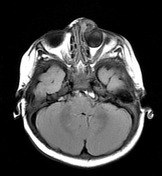
Published
27 Mar 2012
95% complete
MRI
Case
Frontoethmoidal encephalocele
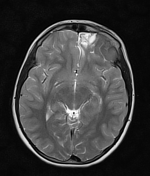
Published
12 Nov 2023
95% complete
MRI
Case
Occipital encephalocele

Published
28 Feb 2021
89% complete
CT
Case
Frontoethmoidal encephalocele

Published
11 Jan 2018
89% complete
CT
MRI
Case
Frontoethmoidal encephalocele

Published
03 Feb 2019
87% complete
CT
MRI
Case
Bilateral temporal encephaloceles
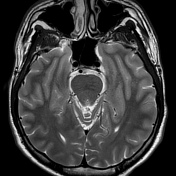
Published
15 Oct 2021
92% complete
MRI
Case
Encephalocele into the transverse sinus

Published
22 Oct 2021
92% complete
MRI
Case
Occipital encephalocele

Published
14 Mar 2023
80% complete
Ultrasound
MRI
Case
Giant occipital encephalocele
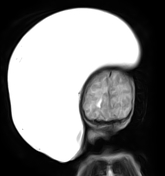
Published
01 Sep 2020
86% complete
MRI
Case
Postoperative encephalocele

Published
28 Oct 2022
77% complete
MRI
Case
Intrasphenoidal encephalocele (CT cisternography)
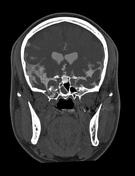
Published
29 Oct 2016
92% complete
CT









 Unable to process the form. Check for errors and try again.
Unable to process the form. Check for errors and try again.